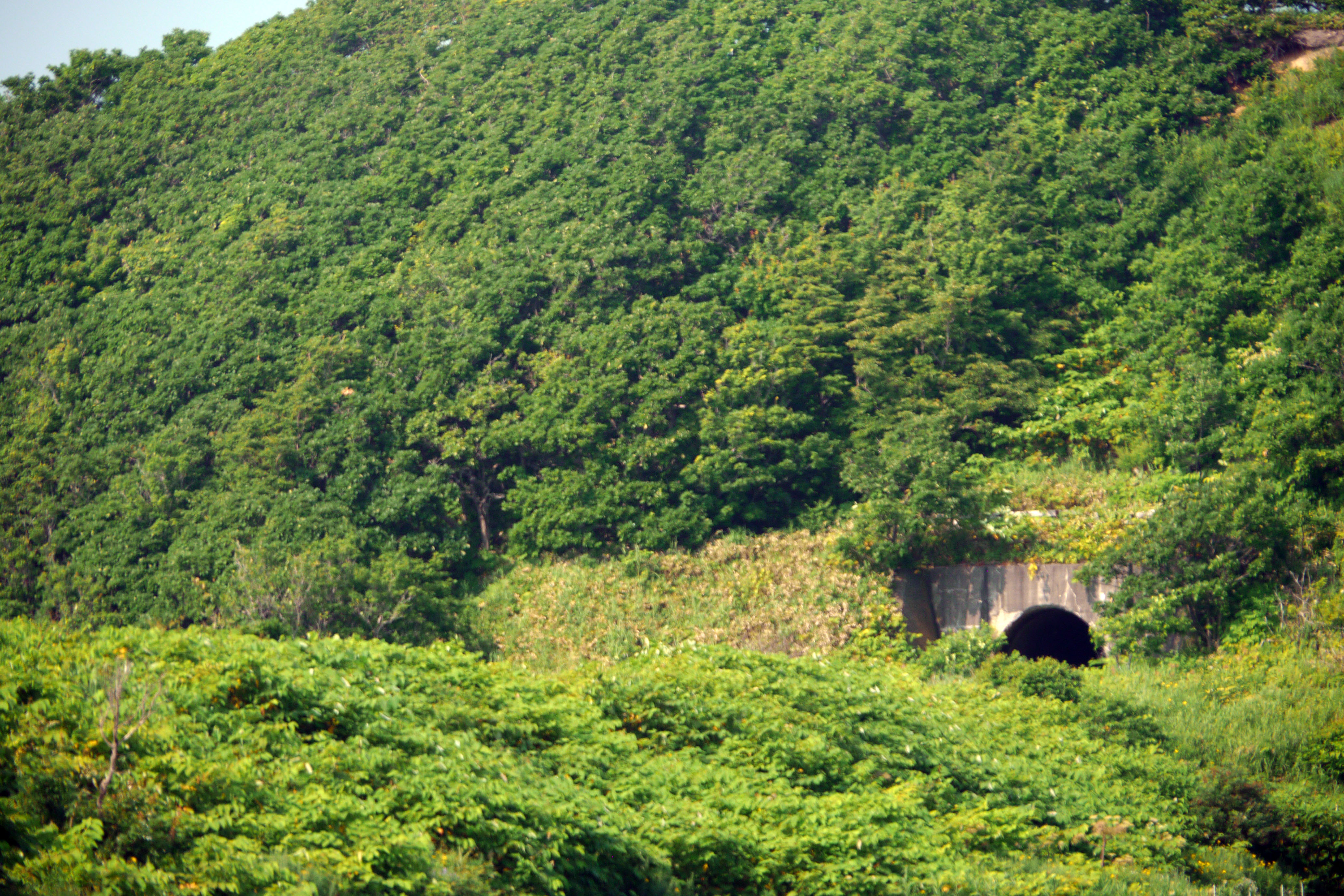|
Rumoi Subprefecture
is a subprefecture of Hokkaido Prefecture, Japan. As of 2011, it had a population of 52,627 and an area of . The population density of the subprefecture, 13 people per km2, is very low compared to the rest of Japan. The population of Rumoi Subprefecture represents 0.96% of the overall population of Hokkaido. Geography Rumoi Subprefecture stretches broadly across the coast of the Sea of Japan in northwestern Hokkaido. Municipalities Mergers Rivers The Rumoi River flows from Mount Poroshiri in the Hidaka Mountain range to the Sea of Japan. History Mashike Subprefecture was established as part of the administrative reforms of Hokkaido during the Meiji period (1868 – 1912). The capital was moved to Rumoi in 1914, and the subprefecture was renamed to Rumoi Subprefecture in the same year. Toyotomi Town) in Teshio District transferred to Sōya Subprefecture in 1948, and Horonobe was transferred to Sōya Subprefecture in 2010. Economy The fishing industries dom ... [...More Info...] [...Related Items...] OR: [Wikipedia] [Google] [Baidu] |
Subprefectures Of Hokkaido
Hokkaido Prefecture had 14 branch offices called 支庁 (shichō) in Japanese, which is often translated in English as subprefectures. Normally, a subprefecture consists of a few to a dozen cities, towns, and/or villages. From April 2010, Hokkaido has 9 General Subprefectural Bureaus (総合振興局, sōgō-shinkō-kyoku, literally "Comprehensive Promotion Bureau") and 5 Subprefectural Bureaus (振興局, shinkō-kyoku, literally "Promotion Bureau")). For historical reasons, some older people in Hokkaido use the subprefecture name suffixed by ''-kannai'' in their address. History List of subprefectures Reorganization The prefectural government of Hokkaido planned to reorganize the current 14 subprefectures into 9 subprefectural bureaus. Five subprefectures, namely Hidaka, Hiyama, Ishikari, Nemuro, and Rumoi were subject to be cut down. The capital municipalities of these subprefectures opposed the plan, but on June 28, 2008, the prefectural council passed the ordinance ... [...More Info...] [...Related Items...] OR: [Wikipedia] [Google] [Baidu] |
Haboro, Hokkaido
is a List of towns in Japan, town located in Rumoi Subprefecture, Hokkaido, Japan. As of September 2016, the town has an estimated population of 7,338. The total area is 472.49 km2. The town also administers the two islands of Yagishiri Island, Yagishiri and Teuri Island, Teuri. Haboro was officially designated a town in 1921. The villages of Teuri and Yagishiri were merged into Haboro in 1955 and 1959, respectively. Etymology The name of the town is from the Ainu language, but of uncertain origin. Haboro may have originated with the Ainu language word ''hapuru'', meaning "a soft sound", or ''haporopetsu'', meaning "the basin of a large river". In Japanese language, Japanese, the name of the town is written with ateji, or kanji characters used to phonetically represent native or borrowed words. The first, , means "feather" or "wings", and the second, , means "curtain" or "cloth". Geography Haboro faces the Sea of Japan. Much of the area of the town is within the Teshio M ... [...More Info...] [...Related Items...] OR: [Wikipedia] [Google] [Baidu] |
Flag Of Shosanbetsu, Hokkaido
A flag is a piece of fabric (most often rectangular or quadrilateral) with a distinctive design and colours. It is used as a symbol, a signalling device, or for decoration. The term ''flag'' is also used to refer to the graphic design employed, and flags have evolved into a general tool for rudimentary signalling and identification, especially in environments where communication is challenging (such as the maritime environment, where semaphore is used). Many flags fall into groups of similar designs called flag families. The study of flags is known as "vexillology" from the Latin , meaning "flag" or "banner". National flags are patriotic symbols with widely varied interpretations that often include strong military associations because of their original and ongoing use for that purpose. Flags are also used in messaging, advertising, or for decorative purposes. Some military units are called "flags" after their use of flags. A ''flag'' (Arabic: ) is equivalent to a brigade ... [...More Info...] [...Related Items...] OR: [Wikipedia] [Google] [Baidu] |

